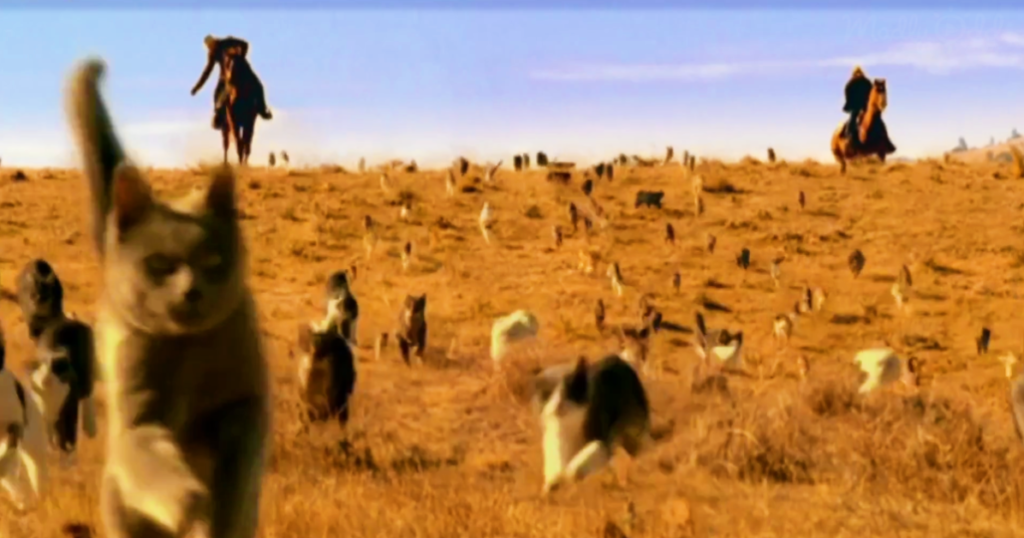
These past few years, there’s been no shortage of pot shots taken a radio companies and the executives that are chosen to run them. They’re easy targets.
It’s not easy to steward a company – much less an industry – during times of all-out disruption. Leading radio companies in the 80’s and 90’s were a walk in the park – with all due respect to the corporate execs back then – compared to the competitive environment in recent years.
Radio broadcasters are beset by content and distribution challenges, as well as financial pressures that just weren’t anywhere near as intense back then.
But the biggest issue facing radio? Well, it’s right out of a “Pogo” comic strip. – FJ
Jacobs Media is fortunate to engage in many high-level meetings, private talks, brainstorms, retreats, and strategy sessions with radio broadcasting leadership. Whether it’s CEOs, station owners, or the heads of organizations, Paul and I have heard more than an earful these past few years as the industry hits an obvious inflection point.
No, I will not betray any confidences in this post. That’s because many of you know what I know about broadcast radio’s mounting challenges. They are many, and they require ongoing investment in both financial and human resources. But they also require strong wills, courageous leadership, and vision. And my worry is that’s where radio broadcasters may come up short.
That sounds like a major criticism of the head honchos of the radio business – but it’s not. Because what lies ahead is an ocean of uncertainty with no guarantees of success. Perhaps with the exception of the invasion of television in the 1950s, there’s never been a period in radio that will test the wills and wits of CEOs like this one.
So, what is the biggest speed bump facing radio at this moment in time? What is that radio leadership needs to focus on in order to move the business forward?
You may think I’m talking about devising the ultimate podcasting strategy. Or that streaming strategy that will solve both the content and monetization puzzles. Or the road map that transforms legacy companies into media juggernauts prepared to take on an uncertain future. Or a master plan to attract legions of young Gen Zers to broadcast radio.
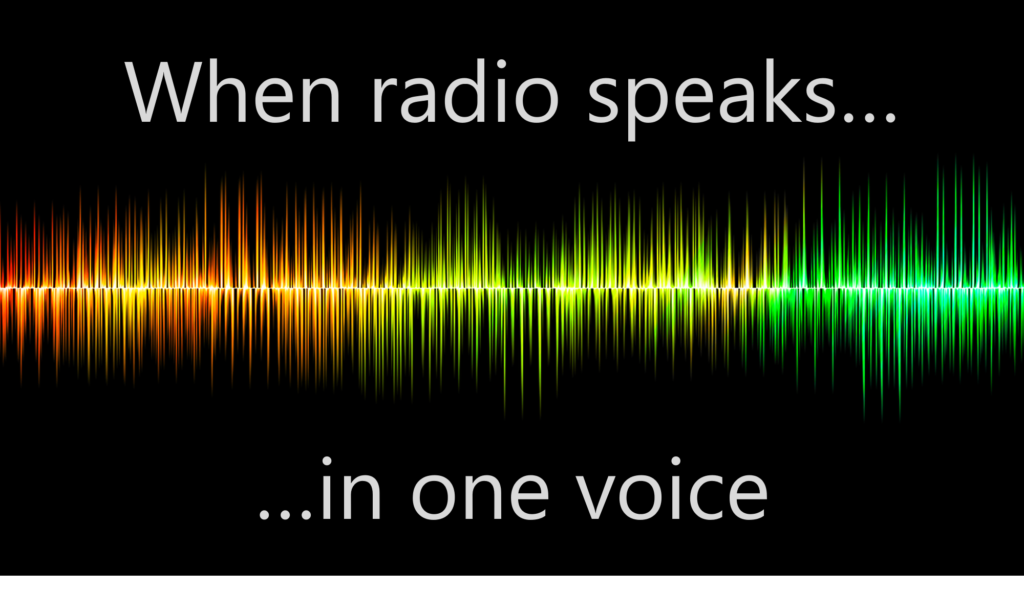 But instead, I’m thinking about the radio industry’s continued inability to “speak in one voice.”
But instead, I’m thinking about the radio industry’s continued inability to “speak in one voice.”
Back in 2011, I first saw James Cridland speak at a Radio Ink “Convergence” conference. Credit to Eric Rhoads for bringing James to the States to deliver an important message about radio around the globe versus what he was seeing here on the American front.
James’ world view was especially interesting to me, as my entire radio history is essentially confined to American radio. James talked about the challenges U.S. radio broadcasters faced in reaching consensus about key issues affecting the industry’s future. And he noted how many CEOs simply couldn’t get on the same page to solve common problems.
Here we are eight years later, and nothing’s really changed.
You could see the fruits of division in the NAB’s recent disagreement with those who don’t support the latest round of deregulation. Bob Pittman is the most visible opposition, and each side publicly made their feelings known a couple weeks back. It wasn’t pretty.
I don’t know enough about the legislative, regulatory, and lobbying process, but it’s obvious that once again, the big power brokers in radio are not singing out of the same hymnal.
I’m not taking sides on this issue or others. Because it’s not about where any of us stands on deregulation, whether you think it’s necessary for radio’s survival or you believe it’s the scourge that will hasten radio’s demise. What matters is that broadcasters need to come together on the big issues they face, and form a united front.
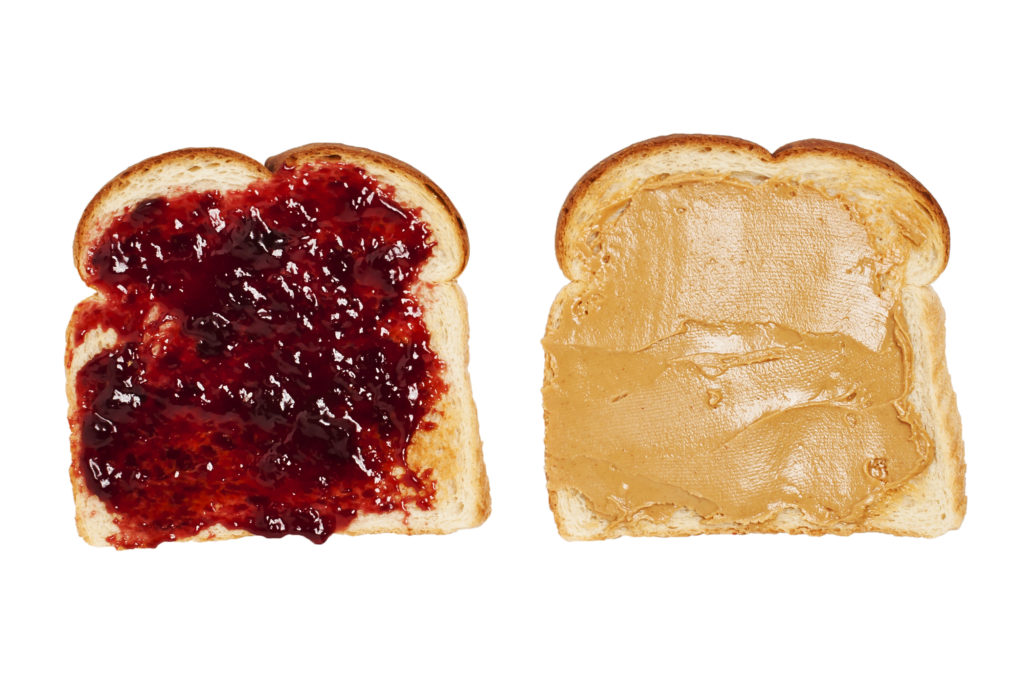 Clearly, one of the NAB’s top goals these past few years – starting right at the top with Gordon Smith – has been to connect with and learn from automakers. Radio and cars – peanut butter and jelly industries – have been inextricably intertwined for nearly a century in our culture. Yet, the two businesses have had little to do with one another, despite their commonalities all these years – until recently.
Clearly, one of the NAB’s top goals these past few years – starting right at the top with Gordon Smith – has been to connect with and learn from automakers. Radio and cars – peanut butter and jelly industries – have been inextricably intertwined for nearly a century in our culture. Yet, the two businesses have had little to do with one another, despite their commonalities all these years – until recently.
From my vantage point, I can tell you there is a lot of evidence suggesting radio broadcasters have done an impressive job networking with automakers. But when it comes to learning from them, not so much.
Over the many months and even years, I’ve heard many radio executives stress their stated belief that “the enemy” isn’t one another, but the digital predators chasing their valuable slices of the listening and revenue pies.
But their actions speak louder than their words. When you look at what’s happening in the corporate conference rooms and on the ground in local markets, radio continues to eat its own, rather than pull together to face common opponents and problems.
Interestingly, the automakers have made similar mistakes, and their results should act not as a cautionary tale, but as a cautionary anthology of what not to do during times of frantic, unprecedented disruption.
Consider…
Each auto company independently developed their own dashboard ecosystems, because each was smarter than the other. And the result? None of them was especially good, consumers were confused and frustrated, and the user experience was, at best, mediocre. And that environment is what let Apple and Google in the door with their CarPlay and Android Auto platforms. Does anyone think the automakers were thrilled about losing their dashboard branding to a couple of tech companies?
 But the interfaces offered by both tech juggernauts were superior to what most automakers had developed. They were more familiar, easier to use, and their voice recognition abilities were better. They also leveraged the popularity of consumers’ smartphones.
But the interfaces offered by both tech juggernauts were superior to what most automakers had developed. They were more familiar, easier to use, and their voice recognition abilities were better. They also leveraged the popularity of consumers’ smartphones.
And in just a few short months, most of the car companies folded like a line of cheap tents by offering both Apple CarPlay and Android Auto in their vehicles. Toyota, the lone holdout, finally caved last year.
So, it makes you wonder why the automakers can’t find a way to work together on the truly big stuff – the big boulders that stifle their already challenged industry. Instead, most are unilaterally investing billions of dollars in autonomous and electric cars, many chasing their own proprietary solutions.
On top of that, each has their own data strategy, and all are pouring massive human and financial resources into figuring how to deploy and monetize their mountains of numbers and analytics.
And don’t think for a moment the auto industry is any more stable or any less disrupted than radio. The automakers are currently freaking out over tariffs – and for good reason. As a share of its overall economy, the state most impacted by the current dust-up with Mexico is Michigan – home of the auto industry. The Great Lakes state imports more than $56 billion of goods from our neighbor to the south. China is another story.
But the angst in the auto industry goes beyond the current political rock and roiling. In just the last few weeks, Ford announced a series of massive layoffs. Fiat Chrysler made its plan public to merge with Renault – and just days later, they reversed course and pulled out of the deal. A story came out just the other day, suggesting the possibility of a merger between Ford and GM is getting stronger. How’s that for tumult and instability?
Then there’s the pressure coming from the automotive disruptors – and just like in radio, they are many and growing in popularity. App buying 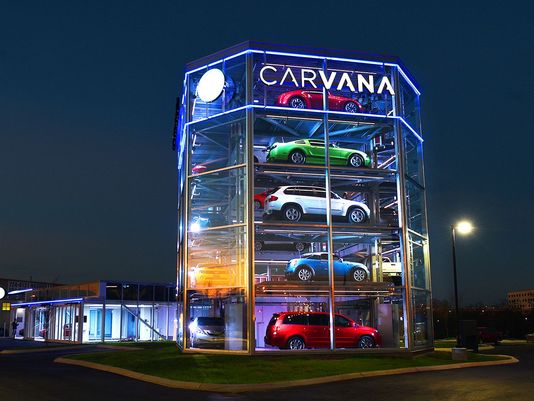 services like Carvana, TrueCar, and CarMax continue to siphon dollars away from dealerships. Tesla is constantly putting pressure on the legacy automakers with its brash innovativeness. And of course, services like Uber, Lyft, and ride sharing programs are reminders that car ownership isn’t for everyone – especially that bulge of the population we call Gen Z who should be in a hurry to get their drivers licenses – but aren’t.
services like Carvana, TrueCar, and CarMax continue to siphon dollars away from dealerships. Tesla is constantly putting pressure on the legacy automakers with its brash innovativeness. And of course, services like Uber, Lyft, and ride sharing programs are reminders that car ownership isn’t for everyone – especially that bulge of the population we call Gen Z who should be in a hurry to get their drivers licenses – but aren’t.
Back at the DASH Conference in 2015, we presented a panel of regional car dealers, each of whom told the story of their changing industry, and how it was impacting their local businesses. Wes Lutz owns Extreme Dodge/Chrysler/Jeep/Ram in Jackson, Michigan. He was recently president of the National Automobile Dealers Association, and still serves on their board. This is a guy with great perspective on both the local and national fronts.
He joined other dealers in a discussion called “Training Consumers To Use Their Connected Cars.” But the conversation quickly turned to media buying and marketing priorities at the dealership level. And all the execs on stage talked about how more “accountable” digital media were rapidly becoming their new go-to advertising choices, while traditional media – like radio – were being diminished. They explained to the broadcasters in the room that radio will need to be more committed and creative when it comes to digital integration if it wishes to stay competitive for auto dollars.
And that’s when Lutz looked the audience right in the eye, and reminded them his industry was experiencing the very same unsettling feeling of disruption and change as radio owners do. And he empathetically pointed out the obvious truth:
“Look, when it comes to disruption, we are just like you.”
It was a moment of shared frustration with the challenging times in which most industries live – certainly, local radio and local car dealerships.
And yet, the OEMs – the car manufacturers – continue to often go their own way, despite the obvious need to face disruption with a more united front. When you talk to those in positions of leadership in the car community, they’ll readily tell just how disrupted their business has become. And then they go right back to their familiar, insular ways of doing business.
So, now that we’ve gotten to know them better, are radio broadcasters learning anything from the lack of unity consistently displayed by the auto industry? Nearly, every step of the way, radio’s leaders continue down their tribal paths, often to their own and their industry’s detriment. Unlike in the UK and other countries, American broadcasters don’t use uniform streaming players or apps. And on the local level, radio broadcasters spend more time mudslinging against one another than they do combating true rivals like Facebook, Google, and SiriusXM.
In this current challenge radio faces revolving around the future of the car, the NAB is the leadership organization that has made a genuine effort to connect with 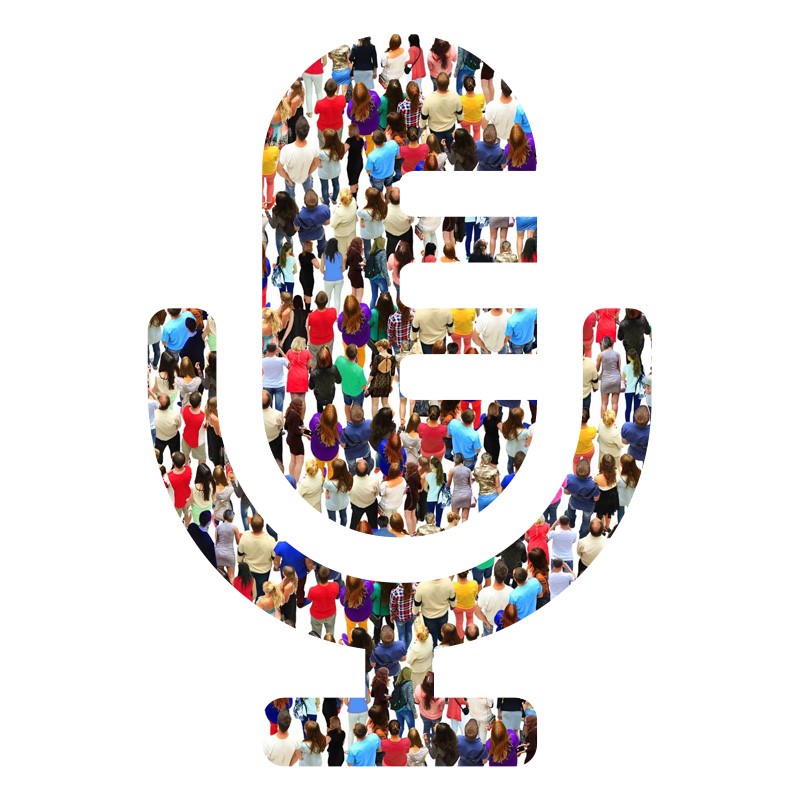 automakers, consortia, and outside innovators.
automakers, consortia, and outside innovators.
Similarly, iHeartMedia/iHeartRadio have been especially forward-thinking when it comes to the dashboard, as has NPR on the public radio side. Both organizations – in spite of their obvious differences – perceived the need to ensure their respective content would be available in cars – not just in the tuner but with apps available on millions of touchscreens in hundreds of different makes and models.
In spite of everyone’s best individual efforts, radio broadcasters would be exponentially better off if they represented themselves to the car companies as a platform – not as a collection of disparate companies, loosely gathered like a pack of cats under an umbrella that read “RADIO.”
That’s because the Rubik’s Cube that is today’s – and tomorrow’s – auto industry is part of a complex dance that demands research, partnerships, and an innovative spirit. For the NAB and ultimately radio as a whole to be effective, both the industry’s biggest and smallest players need to unify – yes, speak with one voice, as Mr. Cridland advises.
The good news is that most people in the auto industry have a healthy respect for radio. They’ve all grown up with the medium, and many continue to listen today. But they’re also fighting for the future of their business. And they’re trying to figure out what that looks like.
When radio broadcasters are all over the map, it’s easier for the automakers to look past those squabbles to focus on initiatives where they can make some progress.
When radio’s leadership puts aside their considerable differences, drop their grudges, and see the bigger picture, the industry will be in a much better position to negotiate, collaborate, and contribute with the automakers.
Until then, it’s just like herding cats.
- Media And Technology In 2025: Believe It Or Not! - April 18, 2025
- In Radio, You Just Never Know - April 17, 2025
- The Secret To Making A Great Podcast (And Great Radio) - April 16, 2025





#Preach!
The biggest problem is that each of the larger companies has its OWN app and the industry as a whole has not congealed around one universal app that can be put on Apple Carplay and Android Auto. The UK is way ahead of the US on this one. They have http://www.radioplayer.co.uk.
Check out radioplayerworldwide.com. That’s the central non-profit behind the UK RadioPlayer. You may have seen them at the NAB show. They’re a UK based non-profit working cooperatively and with one voice to auto makers to integrate with Android Auto and Apple CarPlay. Literally their website says “everything we do is aimed at keeping radio simple in connected devices”.
The biggest thing they did for UK radio was to get EVERYONE on the same page and in the same app and then pitch that uniformly to car makers. Think the iHeartRadio app but non-profit and not focused on what is good for only iHeartRadio but for the entire radio industry as a whole.
There’s no non-profit in the US yet. Just screaming for somebody to do it. There’s your unified voice. 😉
I’m going back to scream in my padded room in Louisville…
Beau, I know the Radio Player folks well. They’re smart, thoughtful, and they are diehard supporters of broadcast radio. That said, I believe US radio is too far down the field with its mixed strategies I’m not sure it could be unwound at this point. Thanks for the comment.
What radio companies are leading the way – and what are they doing – in working one on one with local dealers, in making sure that
1) their local radio stations are easily identified and easily accessible on vehicles’ dashboards in the dealerships’ showrooms and lots; and
2) dealers’ sales staffs, capitalizing on the fact that 92% of their prospects listen to radio, are
a) featuring local stations on the dashboards?
b) showing vehicle buying prospects how to access their local stations on the dashboards?
Thumbs up to all that, Andy. Thanks for the comment.
Fred, any time I ask those question, I get crickets. Any suggestions?
Beau Gast has an interesting proposal…though it could be argued that TuneIn already fills that role. However, I can’t imagine iHeart or Entercom (radio.com) would support a universal radio app. Too many competitive markets and not enough product differentiation. Still – it’s an offered solution – we’re all quite vocal of the problems in the business. We need to equally focus on solutions. Here’s to an exciting new decade full of realized solutions for our beleaguered industry.!
Jackson, my comment reflects your “take” on it. I love the Radio Player guys, but I’m afraid the train has left the station. Thanks for weighing in.
“..It was a moment of shared frustration with the challenging times in which most industries live” –the eye-catching quote from this most excellent post.
It’s a different world, Fred. In a world where the most lucrative entertainment company is one that constantly markets, invests and presents a compelling experience for the consumer. That’s Disney.
It looks as if the cost of appealing to the consumer has increased significantly. Companies unwilling to invest in attracting the consumer are losing left and right. A lot of business are doing what Amazon is doing (delivery, online ordering) – but are they doing it better? Maybe they should research “a better way”.
Remember the radio contest wars ? Station “A” gives away $10k. Station “B” counters with $20k. Who wins? The consumer!! Have we forgotten who the real boss is?
Dave, you’ve hit on some salient points here. It IS about serving the consumer; always has been. It’s just the price is higher now and the cost of failure – even higher.